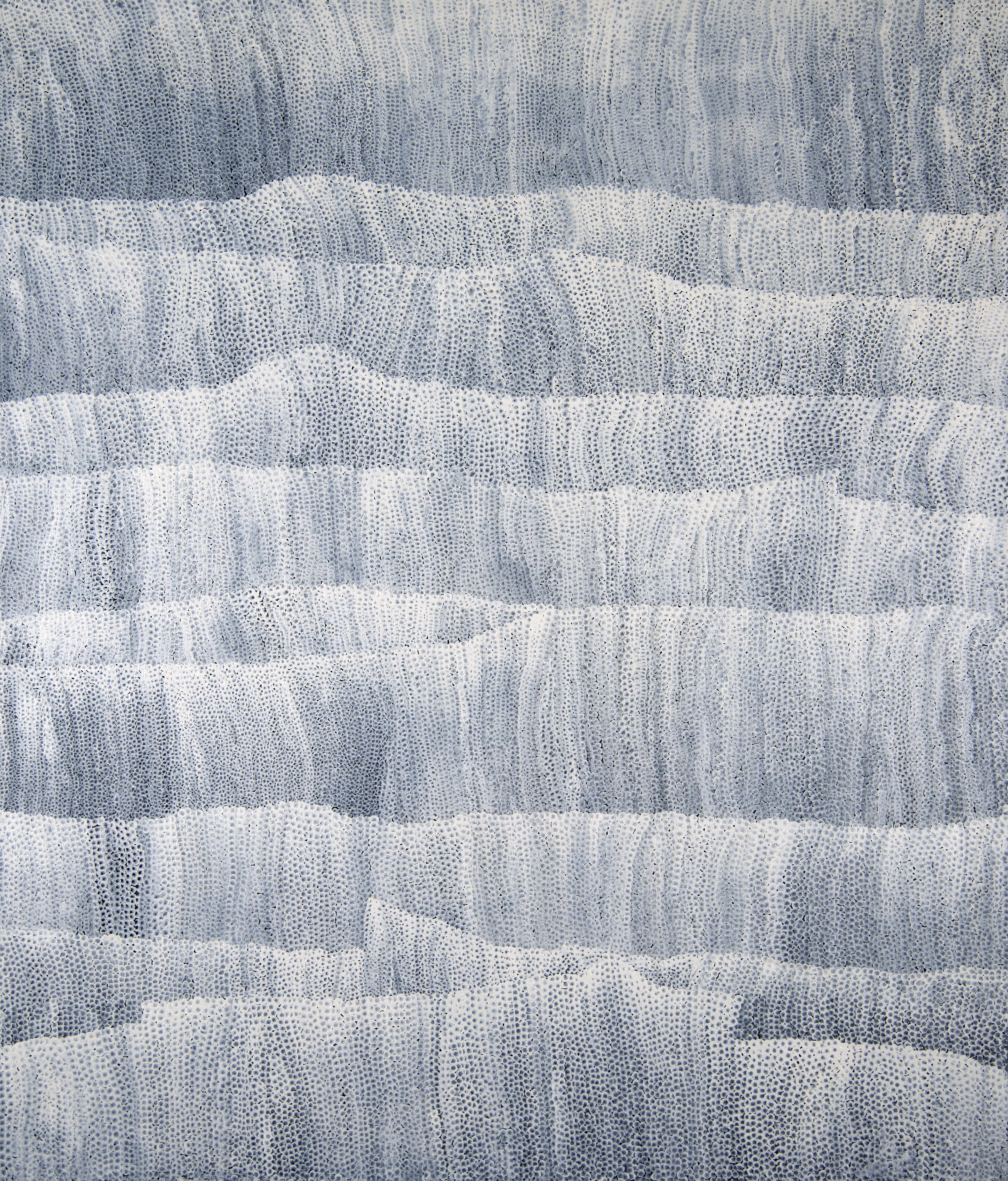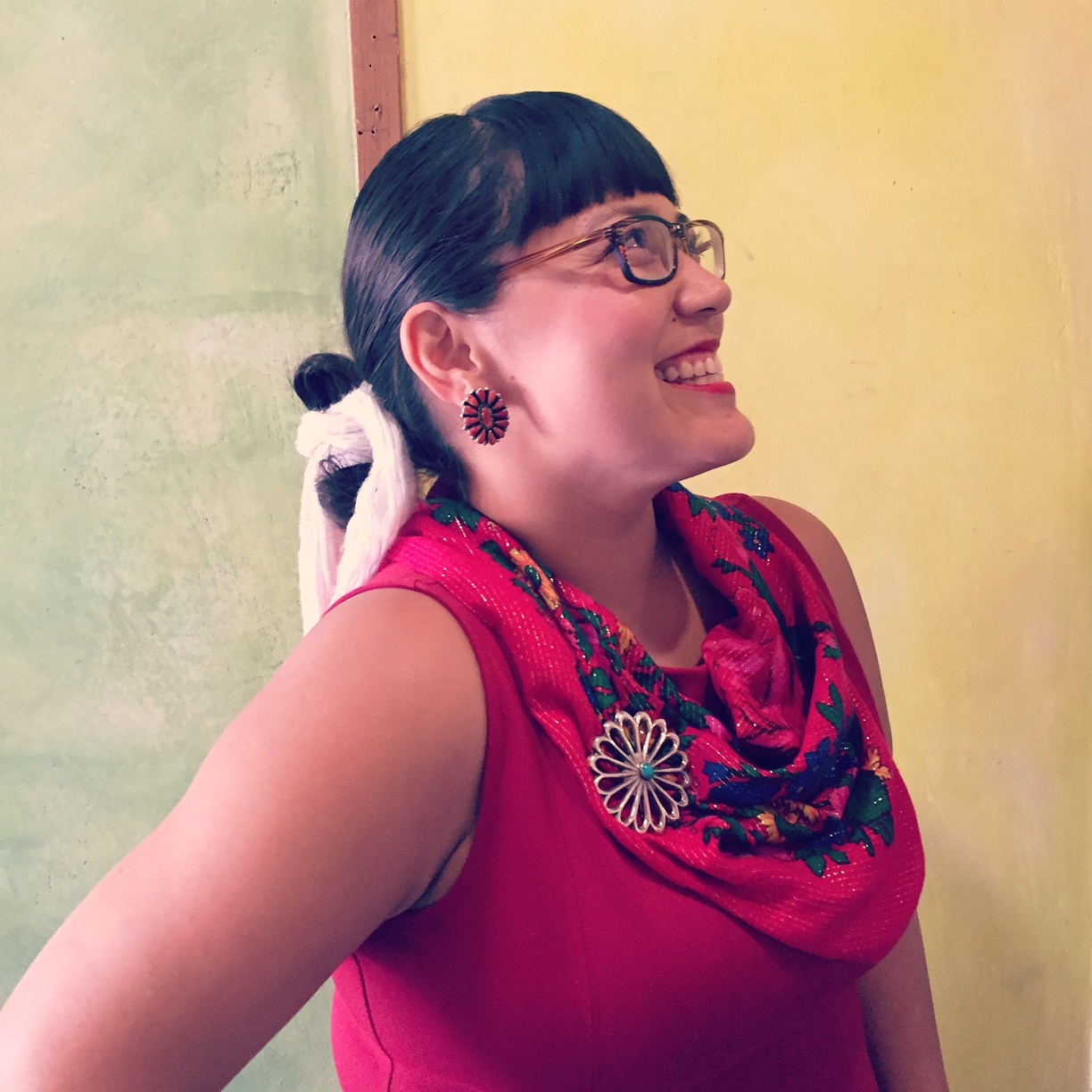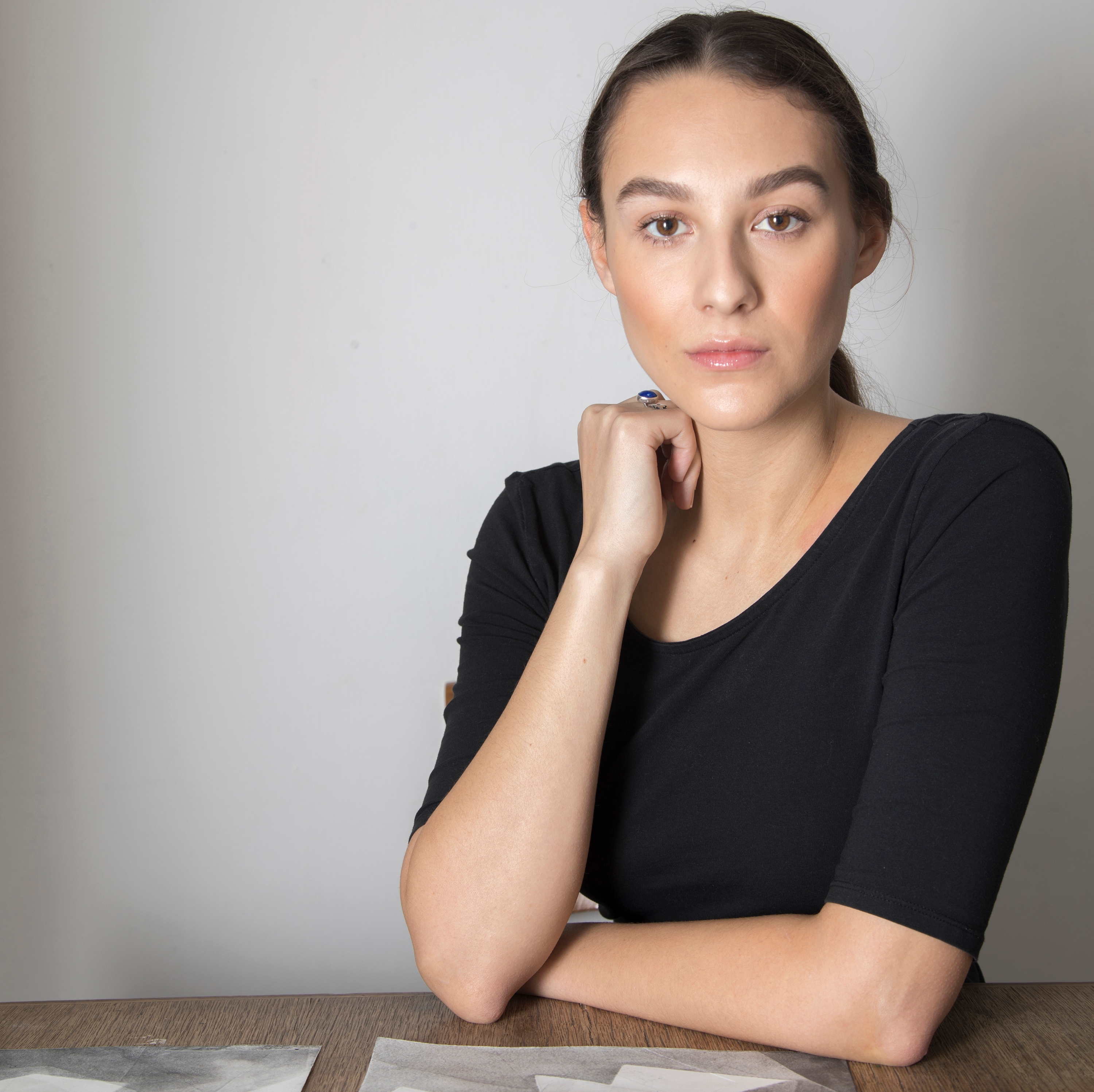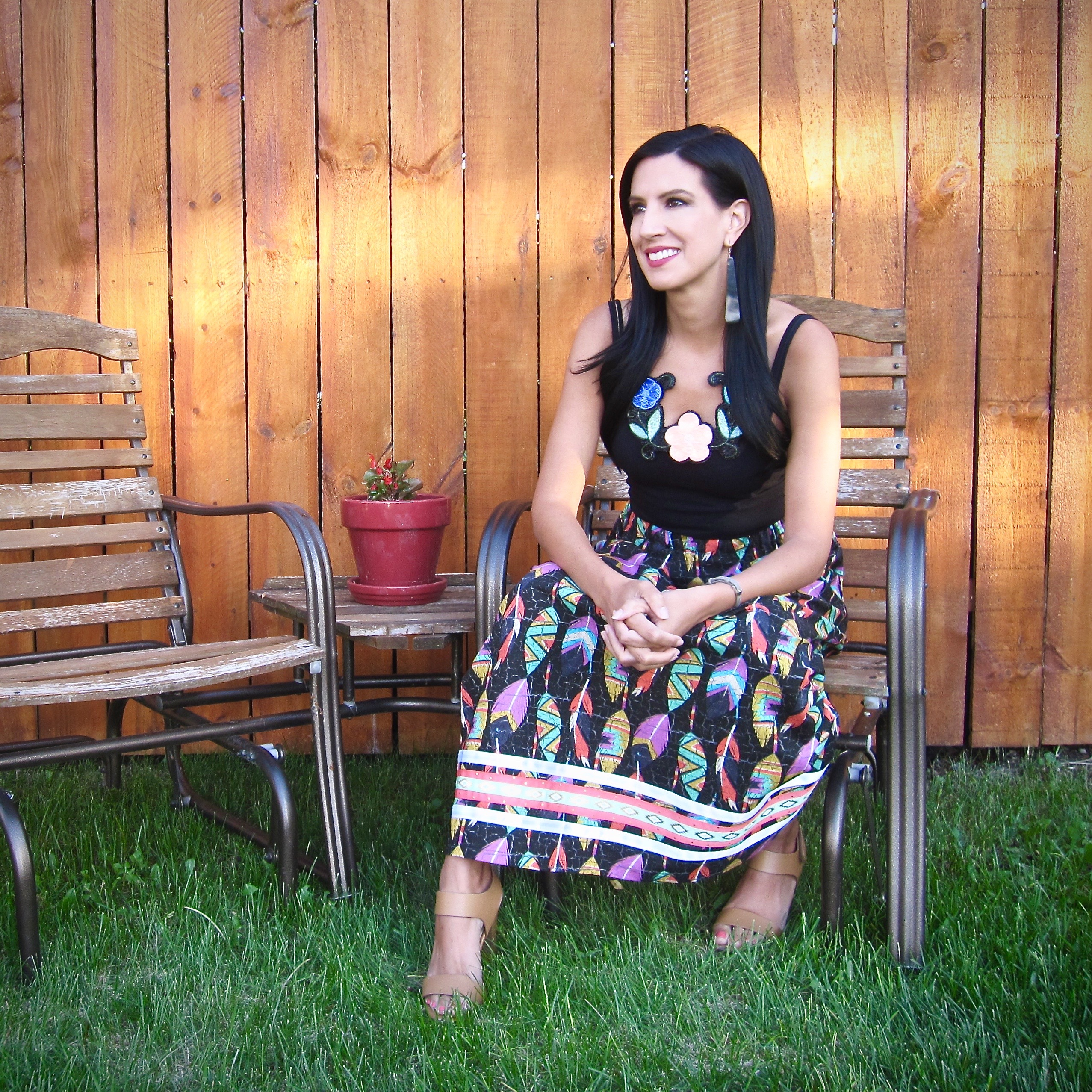Of Hopes and Dreams: New Paths, New Generations

IARC Speaker Series, Eric S. Dobkin Boardroom, School for Advanced Research, 660 Garcia Street, Santa Fe
Wednesday, April 18, 6:00-7:30pm, Admission is free.
Moderator: Jaclyn Roessel, artist and founder, Grownup Navajo
Panelists: Jordan Craig, artist; Dr. Jessica Metcalfe, owner, Beyond Buckskin; Eliza Naranjo Morse, artist
The 21st century brings about new opportunities and a bright future for Native American women today. This panel discussion cycles back to our opening lecture presented by Tessie Naranjo, takes a look at today’s emerging generation of women artists, and explores their needs, wants, and concerns for the future as well as the role art plays for themselves, family, and community.


Dr. Jessica R. Metcalfe (Turtle Mountain Chippewa) is the owner of Beyond Buckskin, which is a website and boutique dedicated to promoting and selling Native American-made fashion. She has co-curated exhibitions and taught college courses in Native American studies, studio art, art history, and literature. Her current work focuses on American Indian art, clothing, and design from all time periods, with an emphasis on contemporary artists.

From the years 2016-2017 Eliza avidly listened to Democracy Now, painted two murals, irrigated acres of vegetables that were eventually eaten by grashoppers, and created large sculptures out of panty hose, paper, and sticks. She sat in conversation at three Indigenous institutions about what caring for Pueblo pottery in collections could look like, became the art teacher at her Pueblo’s day school and poured concrete for her greenhouse. She spent a month in Norway sharing thoughts with many creative thinkers about time, ancestry and balance. She visited her wider family and listened to stories about their histories, belief systems and language. In this time period she was most at peace running by the Rio Grande.
All of these moments, efforts and information help define Eliza’s work. The work is to creatively engage with and consider definitions of community, history, self, time and place. She was born in 1980.